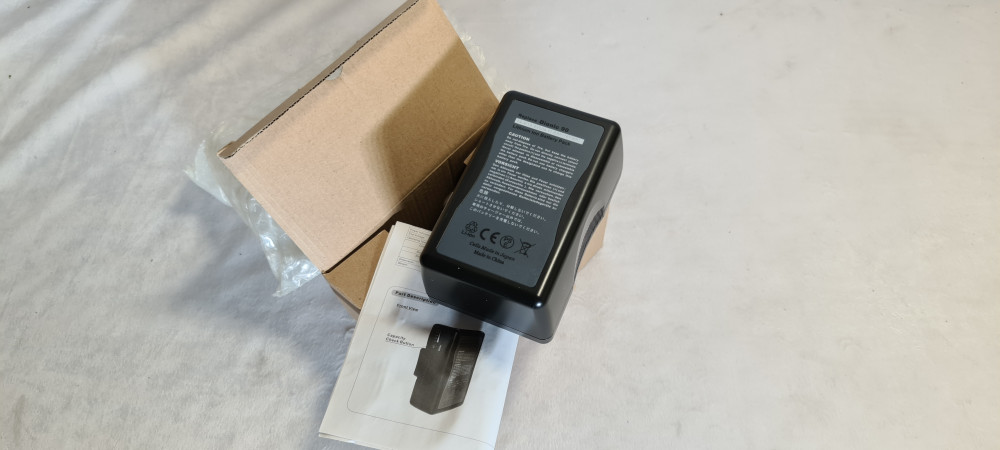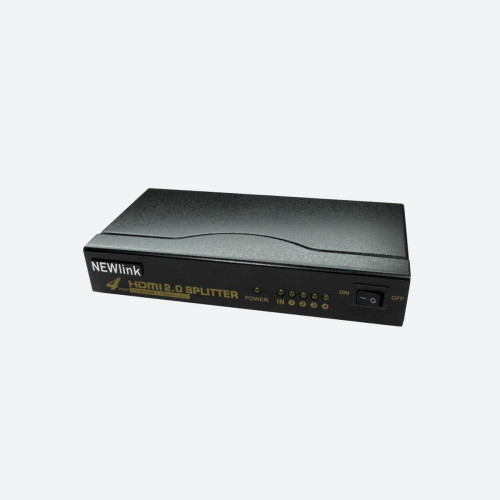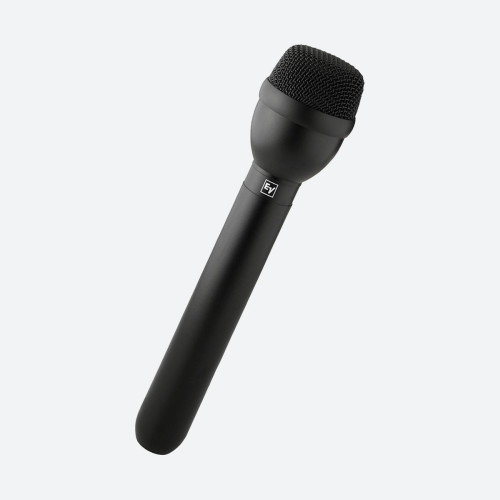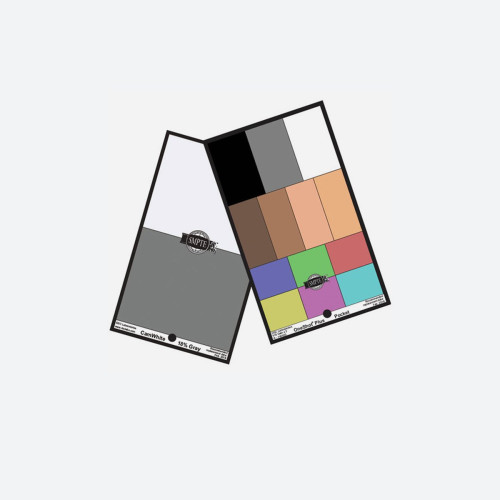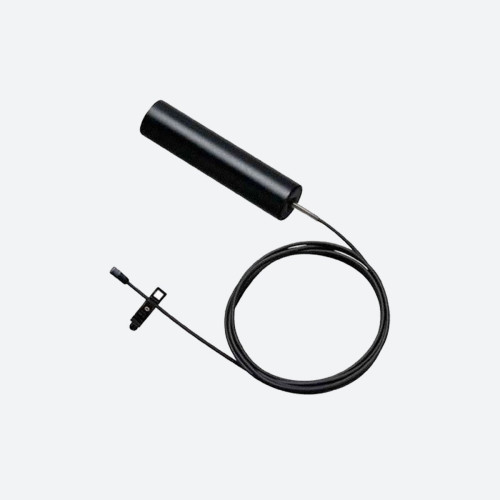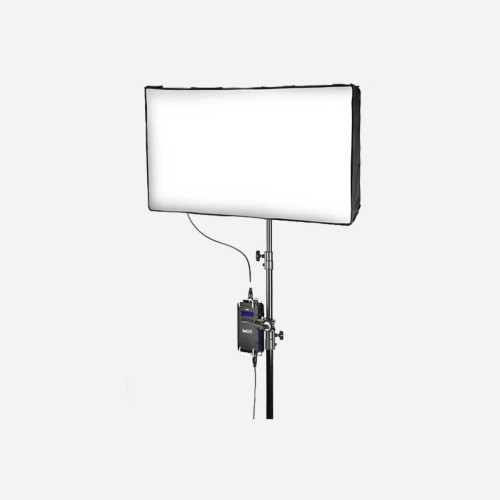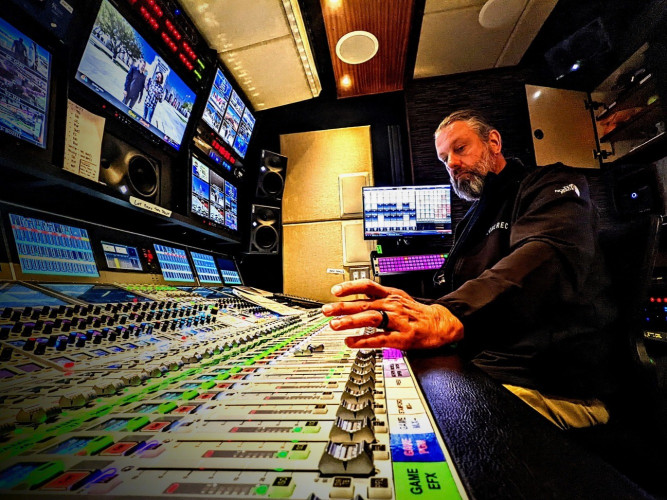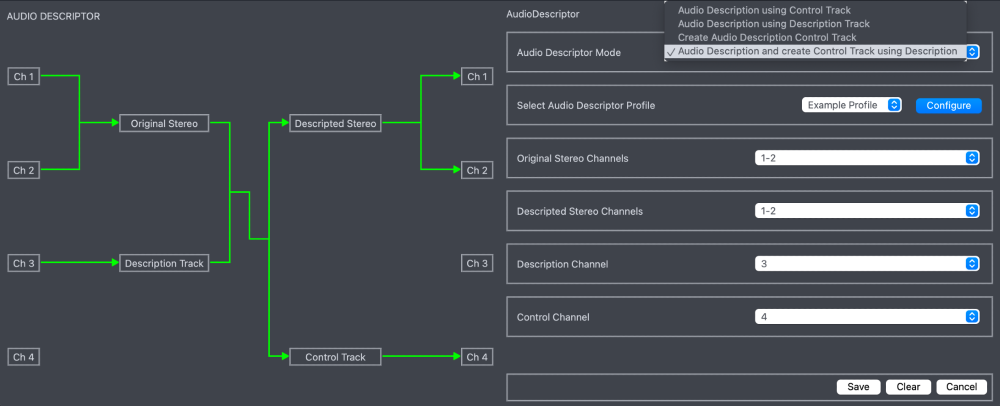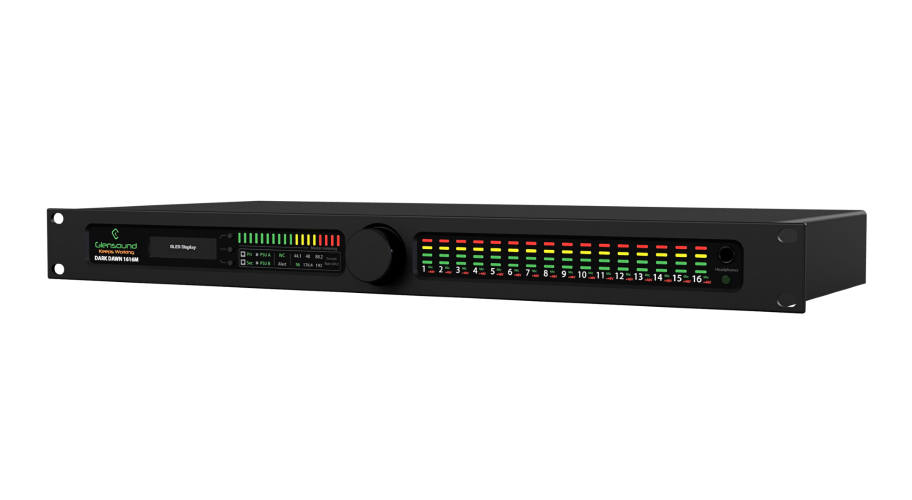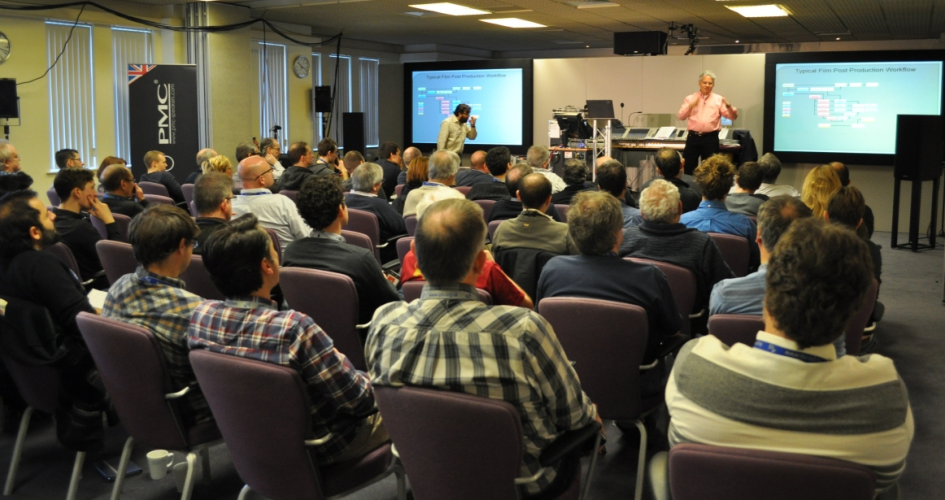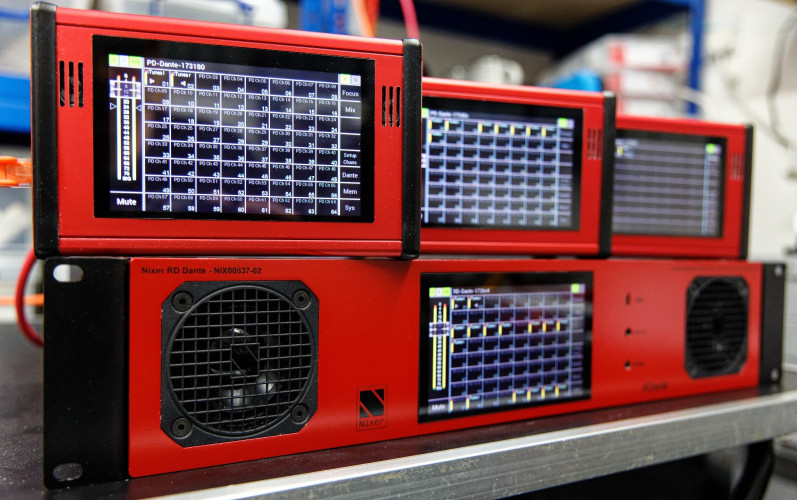by Will Strauss Issue 89 - May 2014
If NAB is a decent yardstick, 2014 is all about 4k and why, when and how it might become a mainstream TV proposition. But in amongst all this pixel counting and discussion about higher frame rates, there is a subject that often gets forgotten but definitely deserves a mention, one that is closely linked to the introduction of 4k: immersive audio.
Why? Because having all those extra pixels on a UHD screen is all very well and good but if the audio isnt similarly enveloping then the experience is lessened. Great pictures need great sound and vice versa. I doubt many will argue with that trueism.
As things stand, the associated audio standard for UHD is still being finalized. But one approach, the object-based one, looks likely to be involved in some shape or form.
Here is my potted guide to object-based audio for broadcast.
What is it?
A new way of broadcasting sound that allows for a more immersive, interactive and personalized experience.
How does it work?
Im glad you asked. Currently, television broadcasts use a channel-based approach for audio, one that if you want to listen to more than just a stereo feed requires a complicated speaker configuration. Object-based audio is different. Rather than broadcasting the stereo loudspeaker signals and their pre-mixed combination of dialogue, narration, sound effects, music and background atmospheres, each of those sounds is sent as a separate audio object with associated metadata. The viewing device or system at the other end then reassembles the objects into an output that can be slightly different for each listener by locally changing the metadata.
That sounds a bit like responsive website design?
It is. Sort of. It certainly uses a set of associated parameters to control how the content should render depending on the type of device it is being experienced on. But its probably more like Lego.
When you buy a Lego set it comes with a load of bricks and instructions for how you can assemble those bricks, explains Tony Churnside, media technologist at BBC Research and Development (R&D). Sometimes those instructions can provide for the creation for more than one thing. That is what were doing with TV or radio programmes.
Why is this of interest?
Well, several reasons really. Dolby Atmos, a cinema-based immersive experience, is starting to gain traction in the movie world. And where they go, we often follow. Then there is this potential move to UHD, where, it is assumed, viewers will expect an improved audio experience alongside their visual one. But, at the same time, it is of interest because viewers are increasingly watching television on different devices.
When TV was watched on a big old wooden box the audio experience was pretty consistent for everyone. These days TVs are thinner and their speakers and drivers are smaller as a result. There are also other devices such as tablet computers for watching and listening to TV. One size (of sound) does not fit all.
So, what might object-based audio offer?
Tests have shown that using object-based audio it is possible to optimize the audio experiences for different devices without significant additions to the production process. So, the same programme could be transmitted to two people and one could listen to it in stereo and the other in surround sound. BBC R&D tried this out with a stereo Radio 4 broadcast that could also be streamed in 5.1 from the Internet.
In addition, object-based audio allows the user to set their own parameters, choosing to hear certain aspects of a broadcast louder than others. This is useful on both an accessibility level and a personalisation one.
One example might be making the crowd louder than the commentary during a sporting event. With the right combination of feeds (and placement of microphones), the viewer might even be afforded the chance to hear a certain element of the crowd above another, allowing them to essentially sit in a specific part of the stadium.
A third example could use perceptive media, whereby if the programme knows something about its audience, content can then be tailored to, say, their geographical location.
Sounds brilliant. Does anyone want it?
Well, that is what researchers are trying to find out.
At BVE this year John Dollin, senior applied research manager at BSkyB, revealed that despite the broadcaster having transmitted 5.1 surround sound for more than 10 years - and now to 70-odd channels - the number of people that listen in 5.1 is, in his words, still not where we would like it to be.
He points to the expense of owning a surround system for the home and the aesthetic appeal (or lack of it) when you need to run cables across the living room
At the same time, viewers care greatly about sound: especially if they cannot hear it. Just take Jamaica Inn for example. The BBC costume drama was widely criticized in April when viewers couldnt make out what the actors were saying. With an object-based audio broadcast those same viewers would not have been able to stop the actors mumbling of course but they might have been able to enhance the dialogue tracks in order to make them be heard above the background noise, sounds effects, music etc.
Sound is [currently] a passive experience, says Dollin. You get what youre given. We dont take into account different hearing abilities and how you might want to personalize that experience. There are technologies on the horizon that will allow you to [make some choices]. So we know that the BBC and Sky are researching this. Are any manufacturers getting involved?
Very much so. At NAB Dolby demoed a prototype of its object-based multichannel-mixing approach which includes hardware tools and software control while Fraunhofer revealed an Interactive 3D Audio System for TV that allows viewers to personalize sound broadcasts to suit their personal preference.
The latter also showed a new soundbar concept that would negate the need for external speakers by pumping sound out from all sides of a TV set.
Future UHD TVs might build similar technology into the TV itself, offering consumers an un-box, plug-in, enjoy experience with immersive sound, says Robert Bleidt, general manager of Fraunhofers audio and multimedia division. That will be much better than the soundbars of today, with no wires or external components at all [and] will greatly enhance the audio experience for a broad consumer base without complex installation and set-up.
What is the current state of play?
Were not there yet. There are still challenges to be overcome in production and distribution, particularly in terms of what sits inside the set-top-box. But there is interest. It may or may not be the way forward as far as immersive sound is concerned but what is certain is that object-based audio is worthy of consideration amongst all this chatter about the immersive nature of picture resolution.




